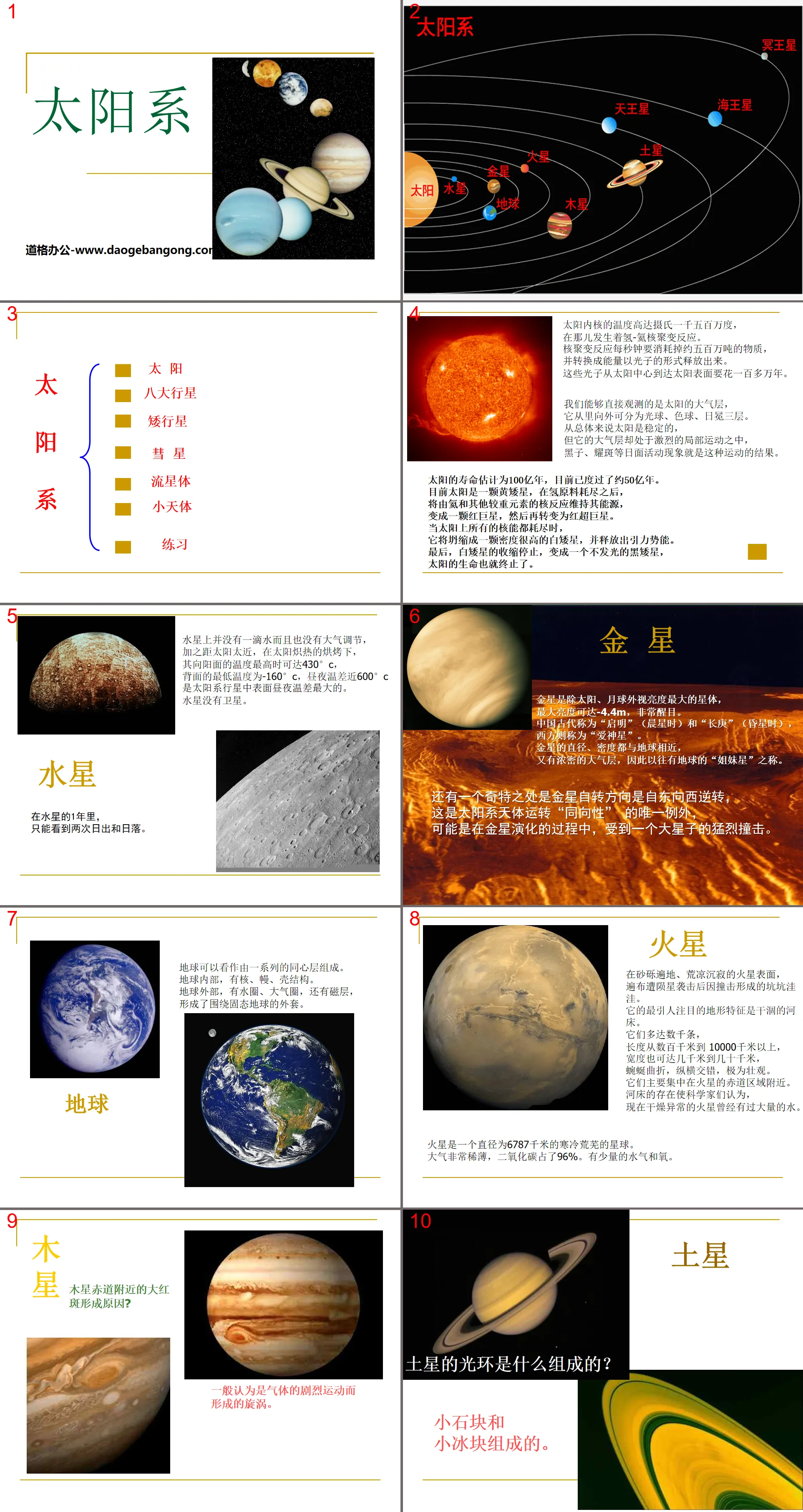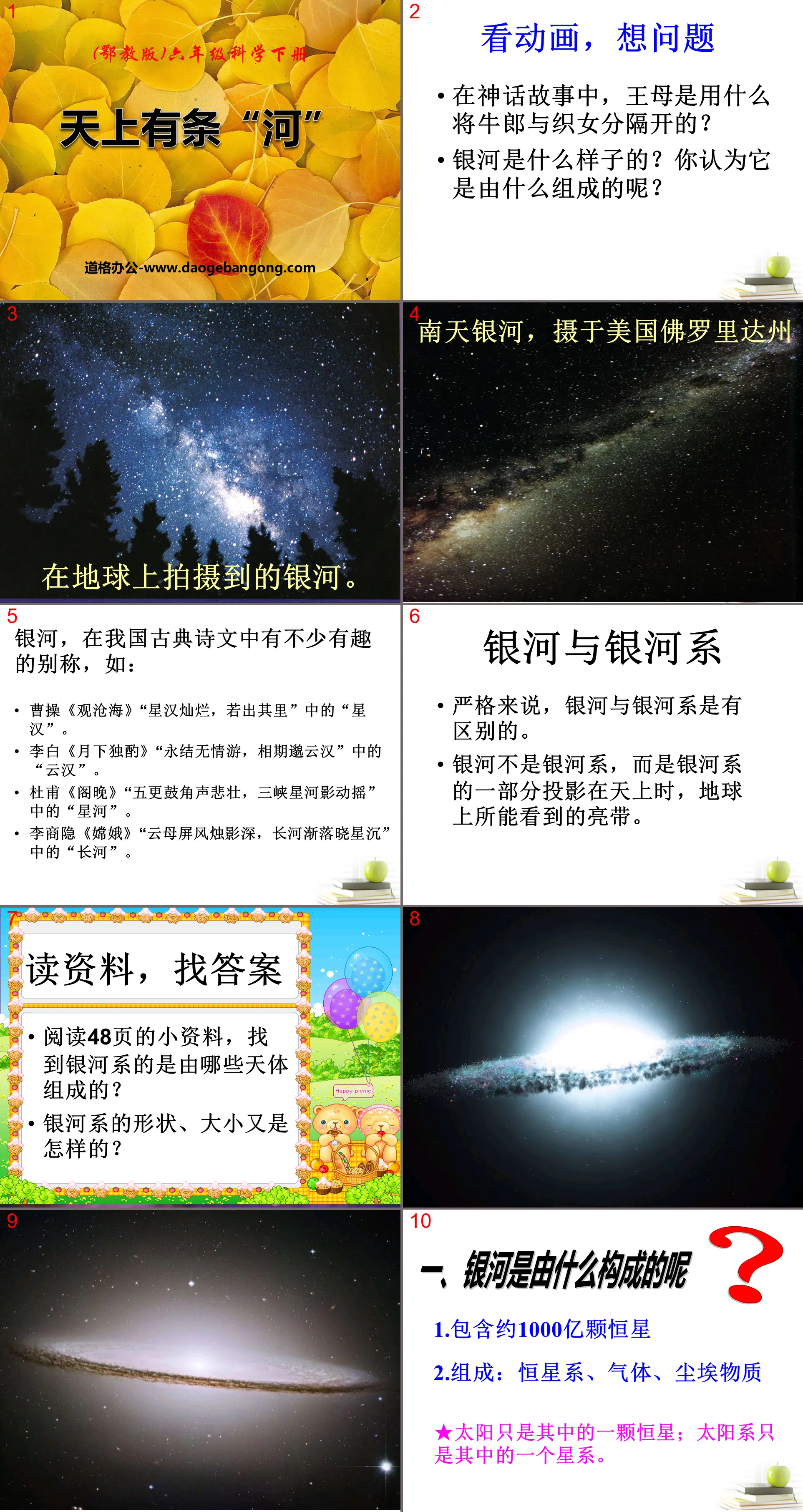"Infinite Universe" PPT courseware Simple campus recruitment activity planning plan summary enterprise and institution recruitment publicity lecture PPT template is a general PPT template for business post competition provided by the manuscript PPT, simple campus recruitment activity planning plan summary enterprise and institution recruitment promotion Lecture PPT template, you can edit and modify the text and pictures in the source file by downloading the source file. If you want more exquisite business PPT templates, you can come to grid resource. Doug resource PPT, massive PPT template slide material download, we only make high-quality PPT templates!
| 文件名 如何下载使用 | 下载次数 | Download Points | 下载地址 |
|---|---|---|---|
| "Infinite Universe" PPT... | 17125次 | 0.00 | Free Download |
Tips: If you open the template and feel that it is not suitable for all your needs, you can search for related content "Infinite Universe" PPT courseware is enough.
How to use the Windows system template
Directly decompress the file and use it with office or wps
How to use the Mac system template
Directly decompress the file and use it Office or wps can be used
Related reading
For more detailed PPT-related tutorials and font tutorials, you can view: Click to see
How to create a high-quality technological sense PPT? 4 ways to share the bottom of the box
Notice
Do not download in WeChat, Zhihu, QQ, built-in browsers, please use mobile browsers to download! If you are a mobile phone user, please download it on your computer!
1. The manuscript PPT is only for study and reference, please delete it 24 hours after downloading.
2. If the resource involves your legitimate rights and interests, delete it immediately.
3. Contact information: service@daogebangong.com
"Infinite Universe" PPT courseware, due to usage restrictions, it is only for personal study and reference use. For commercial use, please go to the relevant official website for authorization.
(Personal non-commercial use refers to the use of this font to complete the display of personal works, including but not limited to the design of personal papers, resumes, etc.)

Related reading
For more detailed PPT-related tutorials and font tutorials, you can view:Please click to see










Authoritative PPT Summary
"Infinite Universe" PPT courseware
The shining stars in the sky are collectively called celestial bodies. We divide celestial bodies into stars, comets, planets, satellites and galaxies.
How many stars are there in the sky?
How big is the sky that contains celestial bodies?
Celestial bodies and the sky constitute the universe, so what is the origin of the universe?
How did it occur, evolve and develop?
Planets, stars, galaxies and universe
Learning purpose
1. Correctly understand concepts such as stars, comets, planets, and satellites, focusing on understanding the solar system.
2. Correctly understand the concepts of galaxies, galaxy clusters, supergalaxy clusters, and the universe, and understand the Big Bang theory of the universe.
3. Understand the origin, evolution, development, and evolution of the universe, and get rid of the superstition that God dominates everything.
4. Develop the ability to access information and write short essays.
(1) Planets and stars
(1) Star: A celestial body that is composed of hot gas and can heat itself and emit light similar to a sphere is called a star.
It has a large mass and has a strong gravitational force, which can attract celestial bodies with smaller mass to move around it. Stars move very fast, but because they are far away from the earth, they are difficult to detect. Therefore, their relative positions in the sky hardly move, and they are called "stars".
For example: The sun rotates around the center of the Milky Way with a period of 2.46X108 years.
(2) Planet: A celestial body that revolves around a star in an elliptical orbit.
The surface temperature of the planet is low and it does not emit light itself. It can only reflect the light emitted by the star to its nearby sky and celestial bodies. Earth and Jupiter are both planets.
(3) Satellite: a star rotating around a planet.
The moon orbiting the earth and the four "Galilean satellites" around Jupiter are all satellites.
(4) Comet: Commonly known as a broom star, it is a celestial body with a very small mass and a special shape and orbit. A comet consists of a nucleus, a coma and a tail. For example, Halley's Comet.
(5) Solar System: The sun is a very ordinary star. There are 1,011 such stars in the Milky Way, and about 1,022 in the entire universe. About 10% of the stars in the Milky Way may have their own planetary system. Are there planets similar to Earth in other galaxies? Are there extraterrestrial life or higher animals similar to humans? These are all very tempting scientific mysteries.
(2) Galaxy and universe
1. Galaxy: A celestial system composed of a large number of stars, binary stars, and star clusters is called a galaxy.
The simplest star system is two binary stars orbiting each other. When the number of stars orbiting together exceeds 10, it is called a star cluster.
There are 1 billion galaxies that have been observed so far, and the Milky Way is only one of them. Other star systems outside the Milky Way are called extragalactic systems. For example, the Large Magellanic Cloud, the closest extragalactic system to the Milky Way, is 169,000 light-years away from the Milky Way.
2. Galaxy clusters and superclusters
Galaxies, like stars, gather together to form galaxy clusters and superclusters. Galaxies are particularly dense in regions of the sky where galaxy clusters are located. There are 2,700 galaxy clusters that have been observed so far. The closest galaxy cluster to us is the Virgo Galaxy Cluster, which is about 60 million light-years away from us.
3. Universe
(1) Scale of the universe: The universe is very huge and empty, with an average of only 1 gram of matter per cubic centimeter. The matter in the universe is not evenly distributed. They are lumped together into entities, namely planets, stars, and galaxies.
Galaxy model:
Shrink the solar system to a 10-centimeter ball. At this time, the earth is only 0.0001 centimeters. The sun is now like a grain of dust, only 1/8 centimeters away from the earth. The nearest star is located 1/3 kilometers away, and the nearest extragalactic star series is even further away.
Model of the universe: reduce the entire Milky Way to 10 centimeters, then the distance between two adjacent stars in the Milky Way is only 0.0002 centimeters, the nearest extragalactic galaxy to us is only about an arm's length, and the farthest celestial body that has been measured so far is 10 kilometers away is the "edge" of the universe that we currently recognize.
In fact, the universe is infinite, has no edges, shapes, and no center.
(2) The birth of the universe ____ Big Bang theory
About 20 billion years ago, the entire universe was born in an extremely powerful explosion. It was produced by the explosion of a primitive fireball with extremely high density and high temperature (approximately 1012K).
Particles in the universe move at high speeds and collide violently. Under these high-energy collisions, atoms, molecules, and even atomic nuclei cannot exist. There are only those particles in the simplest form—elementary particles—in the universe. Various reactions occur in high-energy, frequent collisions, and these particles are in thermal equilibrium.
As the universe continues to expand, the temperature becomes lower and lower, and simple elements begin to appear. When the temperature is above 4000K, the matter is in an ionized state, and they are in a thermal equilibrium state together. When the temperature drops below 4000K, the elements in the plasma Electrons and atomic nuclei quickly combined into atoms, while the interaction between neutral atoms and radiation was very small, and the interaction between matter and radiation quickly decreased. From then on, they each had their own evolutionary path, and galaxies, stars, microorganisms, life, etc. gradually form.
The universe continues to expand and the temperature drops. The overall temperature is now 50K. The celestial bodies in the universe are evolving.
(3) The future universe
Two possibilities:
1. Gravity is strong enough to slow down, stop, and then contract the expansion of the universe;
2. The expansion is too fast, the distance between galaxies increases rapidly, gravity no longer plays a major role, and the universe continues to expand forever.
Keywords: Infinite Universe teaching courseware, E-education edition sixth grade science PPT courseware download for the second volume, sixth grade science slide courseware download, infinite universe PPT courseware download, .PPT format;
For more information about the "Infinite Universe" PPT courseware, please click the Infinite Universe ppt tab.
"Exploring the Universe" Infinite Universe PPT courseware:
"Exploring the Universe" Infinite Universe PPT courseware The process of human understanding of the solar system Human beings have observed Mercury, Venus, Mars, Jupiter, and Saturn with the naked eye very early. In 1543 AD, Copernicus proposed the heliocentric theory. In 1609 AD, Galileo Galilei used his homemade astronomical telescope...
"Solar System" Infinite Universe PPT courseware:
"Solar System" Infinite Universe PPT Courseware Geocentric Theory The Egyptian astronomer Ptolemy proposed the geocentric theory after conducting astronomical observations in Alexandria. (At that time, the telescope had not yet been invented in the Ptolemaic era, and some astronomical observations were mainly made with the naked eye.) Observed...
"Infinite Universe" PPT courseware 2:
"Infinite Universe" PPT Courseware 2 Universe Exploring the Starry Sky World 1. Stars: People look up at the vast starry sky, and after careful observation, they find that the positions of most stars seem to remain unchanged. People call these stars stars. In fact, they are not absolutely motionless. The relative position is also changing.